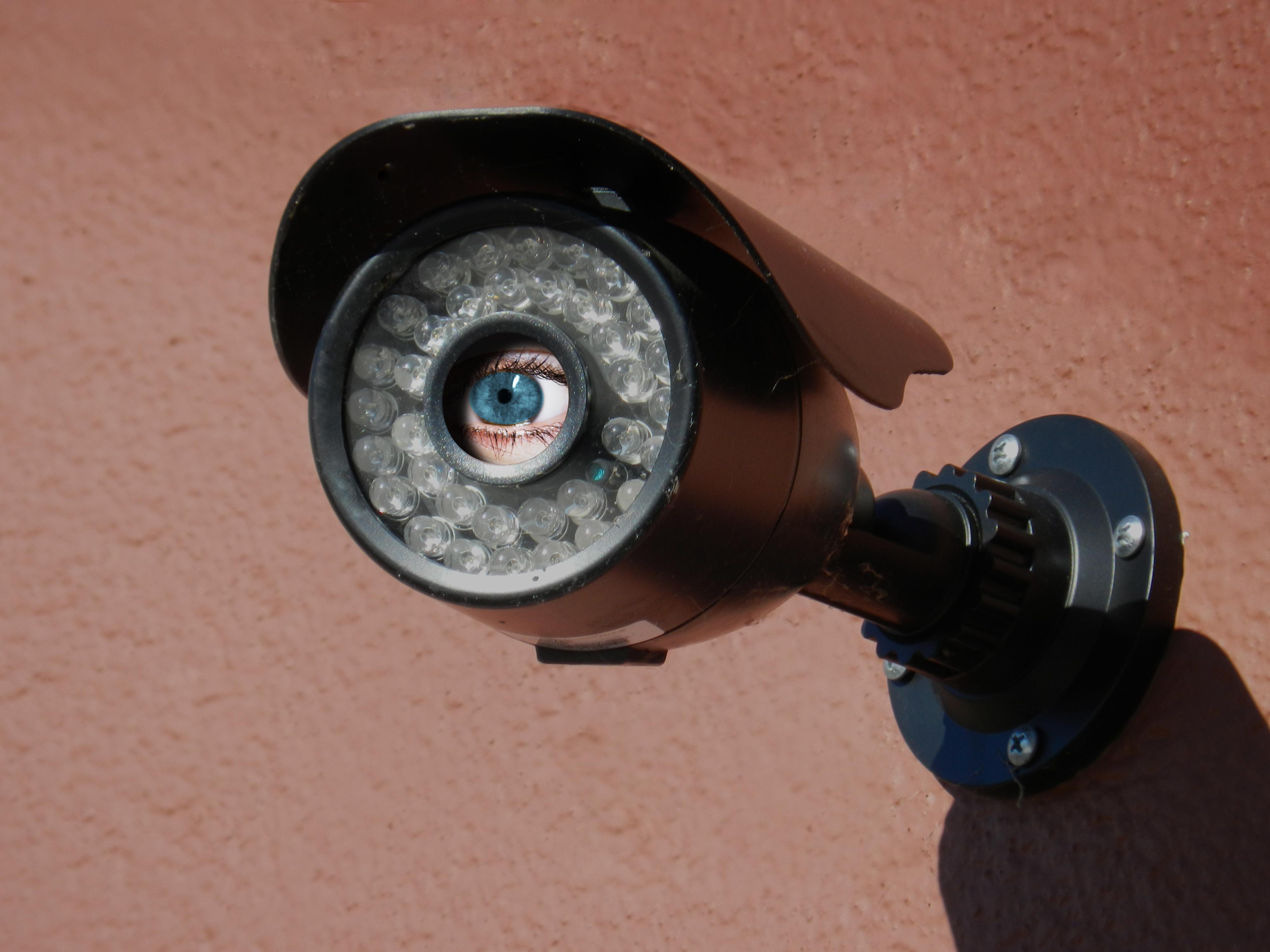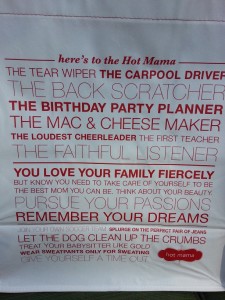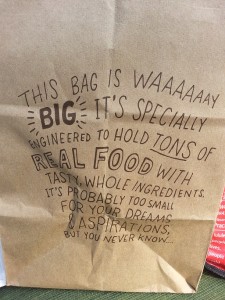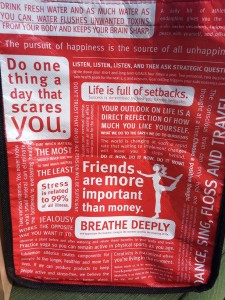How do you behave when you don’t think anyone is watching?
That’s who you really are. You can dress up, behave well in a press conference, say what you think people want to hear when the boss (or the customer) asks, but how you behave in the moments when you believe no one is watching is what defines you.
In case you’ve missed the scandalous video of the week, Ray Rice (of US Football, NFL / Baltimore Ravens fame) basically knocked out his then-fiancee in an elevator as they were leaving a casino. They apparently were having a “spat” prior to this moment, and body language tells me it is plausible that she wasn’t saying loving things to him just prior to this action. In this moment on silent film, he was the one with the left hook. He hit her, her head hit the wall, and she hit the floor. And lay there, motionless, as the elevator doors opened. It’s difficult to watch.
I gasped when I saw it for the first time. I suspect many did.
But he didn’t appear to gasp. He seemed unfazed by what he had just done. His actions didn’t shock him into awareness, he didn’t bend down over her, apologizing, and scooping her up affectionately, cooing, “I didn’t mean it, sweetie…”
(To be fair, none of those reactions would have made the initial blow remotely acceptable … but they would surely have said something about his character. Anyone can “lose it” in a given moment, but his lack of reaction after that moment indicates a disturbing underlying callousness, raising suspicion of a pattern of behavior.)
Rather, he crudely shoved her lifeless body out of the elevator, stopping to pick up her shoe in what could be interpreted as a bit of disgust before stepping ahead and dragging her out. (That “outside the elevator” video is what originally went public.) But at least one – and likely both – of them knew what had really happened inside the elevator. Their “united front” press conference (post video #1) could have gone differently (and, I suspect, preserved his career and family): “we realize now that our once-loving relationship has developed into an abusive one, and we know that isn’t acceptable. We are using this moment to hold up domestic violence as an important issue in our society, and to say that we want to be better. We are going to hold ourselves to a higher standard, and we are actively seeking help to become better people and better partners to each other. We ask that you give us time and privacy to do that.”
But they (he) didn’t do any of that. (To be fair, she is the victim here, he is the celebrity, and I don’t know that she would have had much influence over his actions at that moment). Ray Rice lied by omission to the public, upon whom his family’s livelihood relies. And when they thought no one was watching, his employer (the NFL) tried to sweep this issue under the carpet, to hope that it wouldn’t detract from the pomp and circumstance (and massive revenues) of opening week. They surely hoped that it would go away, and that they wouldn’t have to address the fact that in some years, up to 20%* of their players on the field have been arrested or indicted of crimes ranging from fraud to domestic violence to homicide. But the carpet sweeping didn’t work. The release of the second video from inside the elevator showed us the ugly truth that the Rices (and surely others) already knew. And now, the hammer of public opinion has come down on the Rices and the NFL, as it should.
I don’t claim to understand the Rice’s relationship (relationships are complicated).
I don’t claim to understand the massively complicated issues attached to running a business like the NFL.
But I do understand what it means to do the right thing, especially when someone is watching. And the fact that everyone thought “none of us were watching” as this situation unfolded is as much an indictment on us as a society as anything. Hopefully the silver lining on this (if there is any good that can come from being hit in the face by your soon-to-be-husband) is that this public scrutiny provides the Rices with the opportunity to get help, and provides our society with an opportunity for an important conversation about domestic violence. Janay and Ray Rice could be any of us (abusive relationships can go both ways), and I fear for them. Humans are all animals, at our most dangerous when placed in corners and starved of resources. Ray Rice can still turn this around – for himself, for her, for their family. The NFL can use this opportunity to do great good, starting with cleaning their own house. But the clock is ticking, and it will take all the players here admitting who they really are.
How do you behave when no one is watching?
Do you do the right thing even when it’s the hard thing?
Who is your business when no one is “mystery shopping”?
What do you want cameras to catch you and your team doing?
Start doing it. Keep doing it. Even when it’s hard. Even when it costs you.
When it’s all gone wrong, step up to make it right.
Be a better person. Be a better company.
Someone is always watching.
*statistic from Pros and Cons: The Criminals Who Play in the NFL by Jeff Benedict/Don Yaeger
photo credit: Pippalou from Morguefile







